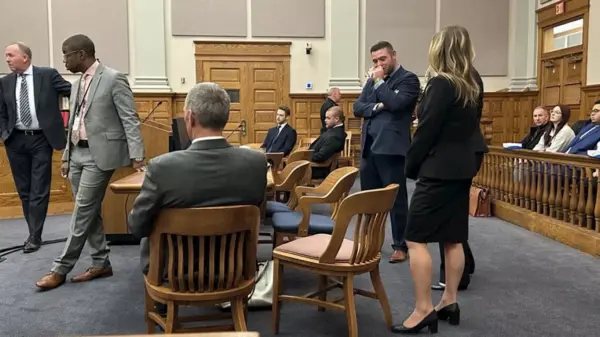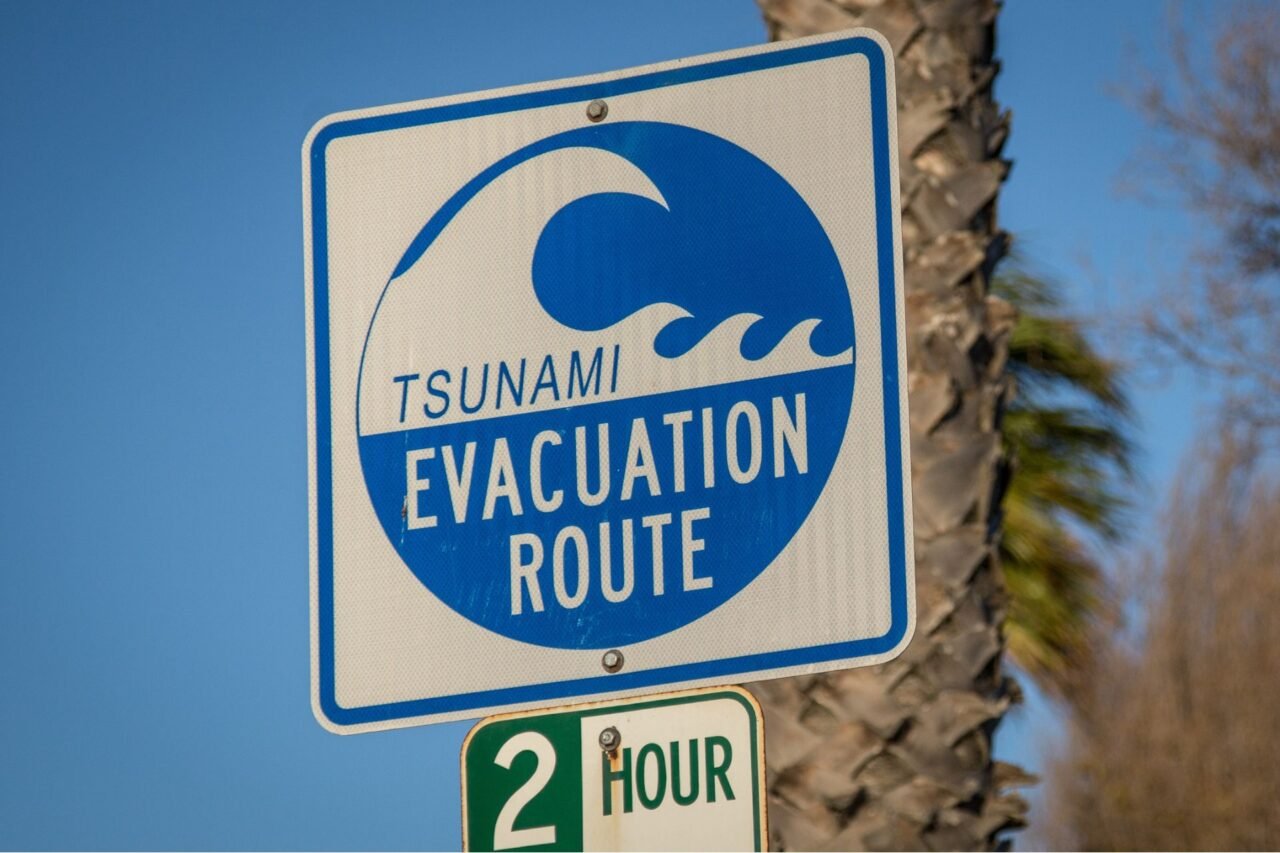UPDATE: The future of the U.S. Tsunami Warning System is in jeopardy as federal funding cuts threaten to shut down vital monitoring stations. Due to budget reductions initiated by the Trump administration, nine seismic stations operated by the Alaska Earthquake Center are set to cease operations in mid-November, just weeks away. This alarming development could significantly impair the nation’s preparedness for tsunamis.
These monitoring stations, which rely on a $300,000 annual grant from the National Oceanic and Atmospheric Administration (NOAA), are crucial for collecting seismic data in the Alaskan-Aleutian Subduction Zone. This area, spanning 2,485 miles (4,000 kilometers), is one of the most active seismic regions globally and is responsible for generating almost all North American tsunamis that impact coastal states including Alaska, Hawaii, Washington, Oregon, and California.
Experts warn that the shutdown of these stations will hinder the ability to detect earthquakes and tsunami threats in real-time. “The Alaska Earthquake Center regrets the termination of our funding from NOAA,” stated Communications Manager Elisabeth Nadin. The loss of funding compromises the National Tsunami Warning Center‘s ability to issue timely tsunami alerts, potentially putting lives at risk.
In a devastating blow to public safety, NOAA has faced severe budget cuts this year, impacting not only the tsunami warning system but various scientific research sectors. With mass layoffs and reduced staffing, NOAA’s tsunami warning centers in Honolulu, Hawaii, and Palmer, Alaska are already operating below capacity. As of now, only 11 out of 20 full-time positions at the Alaskan station are filled, raising significant concerns about the agency’s operational capabilities.
The implications are dire. According to Nadin, the nine stations scheduled to shut down represent the only monitoring facilities for hundreds of miles in the western Aleutian Islands and the Bering Sea. “This funding loss means that the Alaska Earthquake Center’s entire seismic network will no longer directly inform the National Tsunami Warning Center,” she added, emphasizing the critical gap this creates in tsunami preparedness.
Despite efforts from the University of Alaska Fairbanks to temporarily fund the program, federal support has failed to materialize. In emails obtained by NBC News, Alaska Earthquake Center Director Michael West communicated his concerns regarding the funding denial through 2028. The loss of these monitoring stations could significantly delay evacuation orders in the event of a tsunami, endangering countless lives along the Pacific coast.
As experts underscore the urgent need for enhanced preparedness, they warn that deteriorating earthquake and tsunami capabilities could lead to catastrophic consequences. “People should be concerned about anything that degrades our earthquake and tsunami capabilities,” West stated. “Anything that undoes some of the really hard work that’s been put in through the years to try and make us safer in light of these events is troubling.”
With November rapidly approaching, the clock is ticking for federal authorities to address this critical issue. As the nation braces for potential seismic events, the consequences of inaction could be felt profoundly across the Pacific coast. Stay tuned for further updates on this developing crisis and the future of the U.S. Tsunami Warning System.






































































